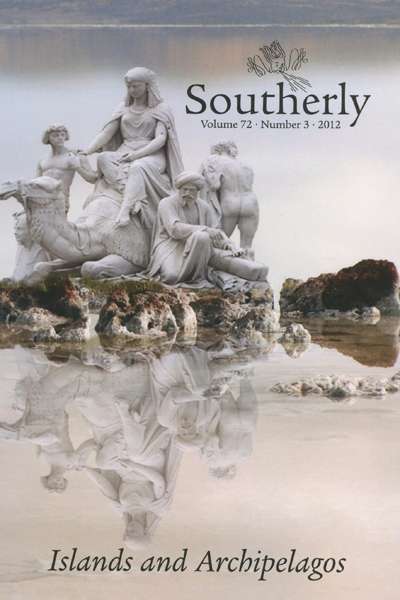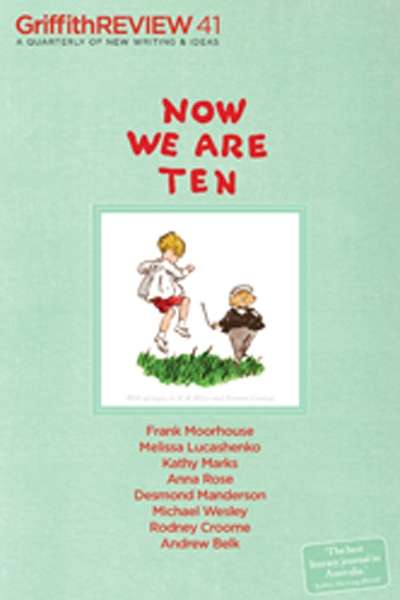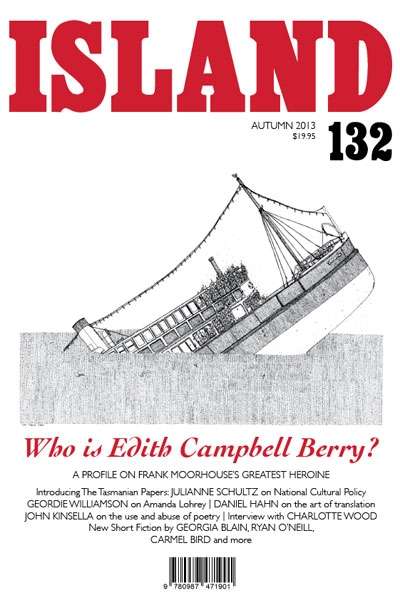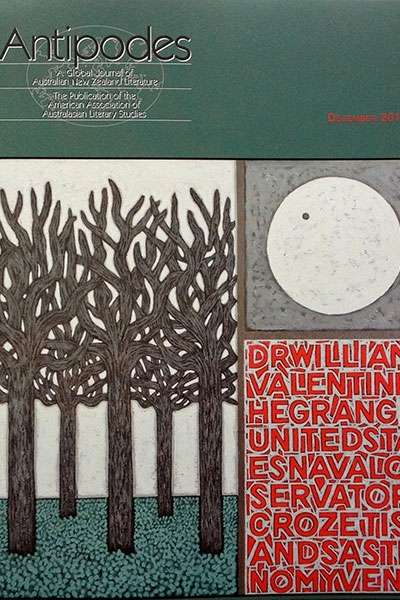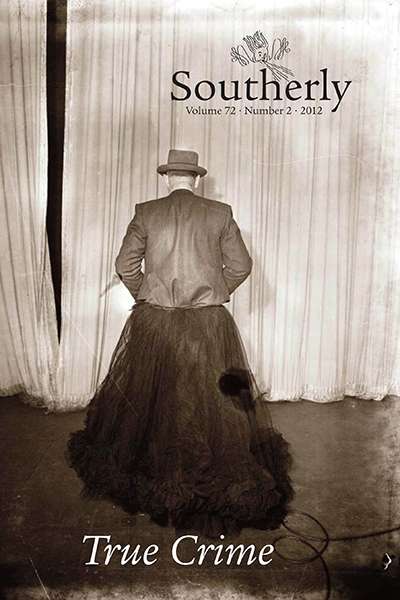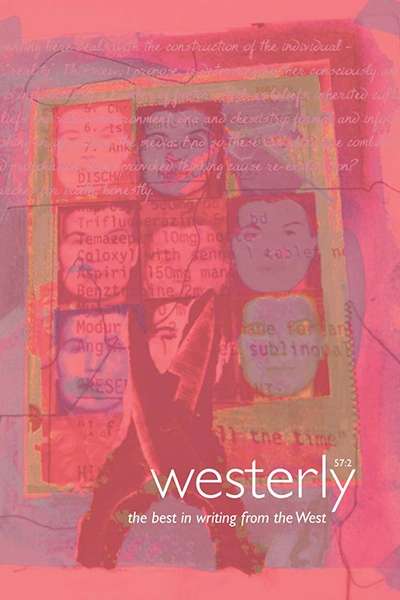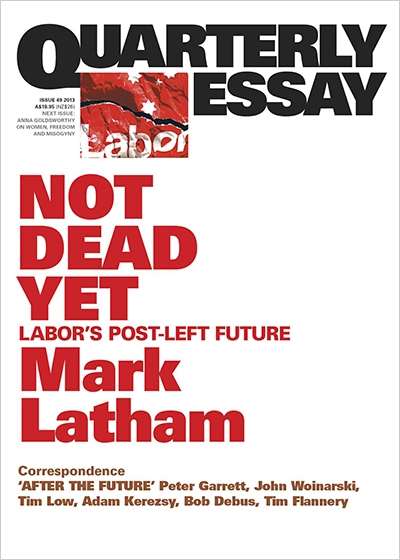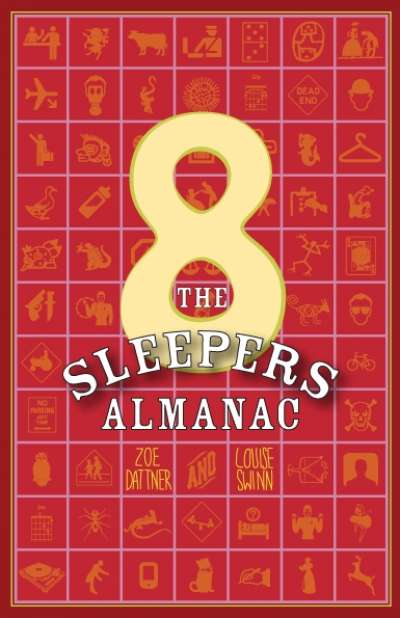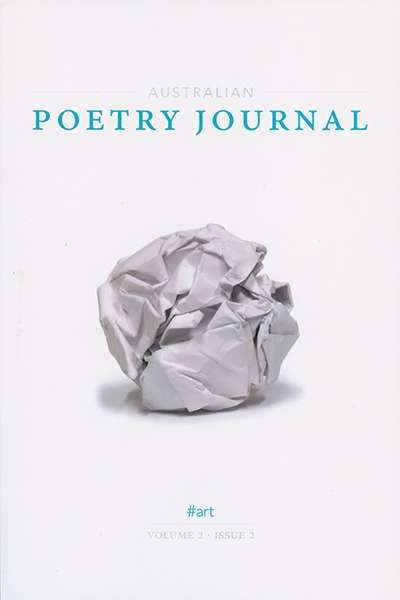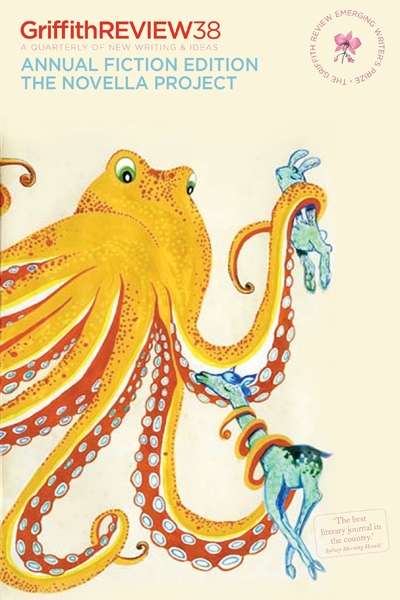Journals
Southerly Vol. 72, No. 3 edited by David Brooks and Elizabeth McMahon
by Peter Kenneally •
Island 132 edited by Rachel Edwards and Matthew Lamb
by Cassandra Atherton •
Antipodes: A Global Journal of Australian/New Zealand Literature, Vol. 26, No. 2 edited by Nicholas Birns
by Cassandra Atherton •
Westerly Vol. 57, No. 2 edited by Delys Bird and Tony Hughes-d’Aeth
by Anthony Lynch •
Not Dead Yet: Labor’s Post-left Future (Quarterly Essay 49) by Mark Latham
by Dennis Altman •
The Sleepers Almanac No. 8 edited by Zoe Dattner and Louise Swinn
by Amy Baillieu •
Australian Poetry Journal, Volume 2, Issue 2 edited by Bronwyn Lea
by Cassandra Atherton •
Griffith Review 38: The Novella Project edited by Julianne Schultz
by Imogen Smith •

